|
As this year has progressed I started to get the urge to spend more time by the sea with my camera. My happy childhood days were spent almost exclusively on seaside golf courses so maybe that partly explains why I often feel magnetically drawn back to coastal areas, I also find the seaside to be a most interesting environment for photography. In order to scratch this growing itch I headed for the Northumberland coast in the north-east of England which has beautiful and varied beaches and various other points of interest. When photographing scenes containing motion I think that the choice of shutter speed is the most important creative decision when it comes to selecting your camera settings for the shot. With a very short exposure you can freeze things in place, with an intermediate exposure you can blur the motion while retaining some detail of the path which things have followed through the frame, while with a very long exposure such as the picture above you can give a very soft and relaxing feeling to the whole image. The area of Northumberland is full of historical interest, many castles and grand houses decorate the countryside - visual reminders of some very different times. Many of these fortifications are coastal and can be used as background interest in photographs on the nearby beaches. While impressive structures can be of great interest, there is also a fascinating world in miniature on many of these beaches. Ancient geology, shaped by countless millions of tidal cycles, provides an infinite variety of shapes, textures and colours for the small scenes that play out at your feet.. At the start of the 1940's, as Britain stood alone (western europe being under the under control of the nazis) preparations were made on beaches and landing grounds along the whole of the eastern coast in case it was necessary to repel an invasion. In many places some remnant of these defences can still be seen today.
Compared to some of Northumberland's attractions, even the oldest castle seems like a newfangled creation. A drive to the middle of nowhere followed by a walk through the fields brought me to an ancient stone circle dating from the early bronze age some 4000 years ago. The monuments we erect have certainly evolved over the last four millenia. Sean Henry's bronze sculture "the couple" at Newbiggin-by-the-sea features a pair of 5 metre tall figures staring somewhat impassively out to sea from their perch on top of a breakwater about 100 metres offshore. The coast is an ever changing environment, often the day to day differences are imperceptable but as time marches on the cumulative change can be remarkable. In the town of Seaton Sluice there is a small sea stack, about 50m away from the beach, which is called Charlie's Garden. It is so named for the simple reason that it used to be a part of the mainland and at that time the plants on this piece of land were maintained by a chap called Charlie. If Charlie were around today he would find that the logistics of tending his plot had become somewhat more complicated. The tides on the Northumberland coast are pronounced with a difference of over 4 metres between low tide and high tide. This makes a remarkable difference to many locations, especially where the sea is shallow close to the coast. St. Mary's Island, near to Whitley Bay, demonstrates this phenomenon quite clearly - at low tide you can walk along a narrow road to the island and it's lighthouse while at high tide it is a true island, about 100 metres offshore. The remains of an old jetty can be seen near to the road which leads to St. Mary's Island, they seemed to make a perfect subject for a very long exposure (6 minutes in this case) image as the sun rose above the horizon, leading to a very minimalist composition. I have started to do an increasing number of very long exposures during this year, they require some small calculations as the camera does not take care of the settings automatically for exposures over 30 seconds, but when you want to get truly smooth seas then 30 seconds often isn't long enough. There is no other way to get this effect in camera, although it can be done absolutely convincingly in the computer by someone who knows what they are doing (and quite horribly by someone who doesn't). Along the coast, near to Howick, it is possible to find another peice of history. In the 19th century Earl Grey (yes, that Earl Grey), who was the prime minister in the 1830's, built a bathing house on the rocks where he might spend time with his sixteen children. Earl Grey's bathing house still stands to this day and can even be rented as a holiday home. There are many attractive little towns along this coast, but Alnmouth (at the mouth of the river Aln) was the highlight for me. I watched an unusually nice sunset from a vantage point on the other side of the River Aln, with a number of boats resting on the surface of the estuary waiting for the incoming tide to lift them up once again. This was my first visit to Northumberland but I hope it will not be my last. Until next time, Andy
4 Comments
On my first visit to the Lake District my favourite lake, by far, was Buttermere. This relatively small, but very beautiful, lake is surrounded on all sides by steep fells which lead up to some interestingly shaped peaks. The lake itself has a long and thin shape which means that when you look across the water the peaks on the far side look comparatively imposing and immediate rather than sloping gently upwards into the distance. On my last day in the Lake District I visited Buttermere for the fourth time, hoping that I could finally take some pictures. The walk around Buttermere takes you past or through many working farms, mostly sheep farms, and it was very common to find sheep wondering around on the narrow roads leading through the village. Caution is needed when driving in this area and also if you are one of the many people who bring their dog to Buttermere for a walk, there are signs at multiple points on the Buttermere circuit telling of the danger dogs pose to newborn lambs and warning that farmers have the right to shoot any dog which is not on a lead and is bothering the sheep. The weather was still a bit questionable considering it was early summer, but at least the wind had reduced to some extent allowing for some reflection shots and making it possible to do slightly longer exposures without the shots being ruined by movement in the trees. The road which runs along the north-west side of the lake takes you past the lovely little church of St. James. The present church building is 180 years old but there has been a church of one form or another on that spot for over 500 years. As you make your way around the lake the path is often close to the shore but in the nesting season there are some detour put in place to keep traffic away from areas containing young birds. These diversions take you up to the same level as the road and offer some different views across the lake. On the far side of the lake (away from the road) then the path sometimes takes you up into the forest and there is also a couple of waterfalls in the area - all in all there is plenty to see and a good variety of views at Buttermere. I am happy that I was finally able to get at least some shots by which i can remember Buttermere, even though it took 4 visits and still the conditions were far from ideal, hopefully one day I will get the chance to be there again with a bit better luck. I left Buttermere behind for the final time and headed for one final Lake District destination, the Rydal Waterfalls in the extensive grounds behind Rydal Hall. The hall is a grand old building, the former country home of the Le Fleming baronets. The gardens are very attractive and well taken care of and feature the lowest of the series of waterfalls as a highlight. One unusual feature of this waterfall is that there is a small building known as "the Grot" which was erected for the sole purpose of comfortably viewing the waterfall. As you follow the course of the stream up the hill from this lower waterfall you come to some minor rapids. Above the rapids there is a nice looking weir with various choices of foreground interest... ... and finally at the top of the estate there is one last waterfall. After my Lake District trip ended I had arranged to meet my parents in the seaside town of Grange-over-Sands, a place which I had heard mentioned many times but never visited before. When my father was a small boy it had been a tradition for his family to spend a few days in Grange as their summer holiday so it seemed like a suitable place to meet up and reflect on old times. We spent a very nice couple of days there before they returned home to Scotland and I continued my photography trip by spending some time in Northumberland on the east coast of England. There was not much focus on photography in Grange over Sands, but I did manage to photograph my 204th different bird species, a Muskovy duck at the duck pond. I very much enjoyed my first visit to the Lake District, despite the weather and the rather expensive "paying and displaying". I look forward to visiting the area again! until next time, Andy For the last two years I have been travelling and shooting at a bit of a frantic pace, always impatient to move on to the next trip. During this summer I have been at home for a period of a few weeks and that has given me an opportunity to evaluate my recent efforts in a bit more depth and examine the progress that I have made while considering how I want to further develop as a photographer. I took the opportunity to combine this period of reflection with an exercise to update my portfolio (a collection of images that I publish on this site in order to represent my work), adding some newer images that I felt merited inclusion, updating some existing images to reflect my current preferences and retiring some which no longer please me. The updated portfolio can be viewed by clicking on the picture below, or by selecting "portfolio" from the site navigation. In another new development I have partnered with Fine Art America in order to offer prints of each of my portfolio images in a variety of sizes and materials, with or without frames, as well as greetings cards featuring each image. All printing, shipping and delivery is handled by Fine Art America who have a global network of locations each of which can fulfil orders. Having ordered some samples to test the quality and speed of their service I can report that I am happy with what they provided. My order from Finland was processed by their delivery centre in the UK and arrived in less than a week. Fine Art America offers a no questions asked refund policy within 30 days of ordering which provides some additional peace of mind. For anyone who is interested in buying a print there is a "buy print" button in the larger view of each portfolio image, and there is also a possibility to see all the offered images by selecting "Store" from the site navigation or clicking the image below. I hope that you enjoy looking at my new portfolio images, and I am looking forward to getting back into the field to capture future portfolio candidates. Please don't hesitate to contact me if you have any questions about prints from my store or if you would be interested in prints of any of my images which are not currently listed in the store. Thanks for your attention, the next blog post will be back to my normal field reports. All the best, Andy P.S. special thanks to all those people who gave feedback to me as I was considering the updates to my portfolio, your input was most useful. This may sound strange, but with one notable exception I did not find the lakes to be a particularly interesting part of the Lake District... but in fairness I can admit that "the Hills, Trees, Caves and Waterfalls District" would be a far less catchy title for this beautiful area. It may also be the case that visiting on a less windy week would significantly change my thoughts on this matter. My trip continued with another early morning wake-up and a drive around Derwent Water to Brandlehow Bay where I hoped to photograph one of the old jetties which are still in use as stops for the boats which carry passengers to different points around this large lake. The weather was quite attractive for a change on this morning but I was a bit disappointed to find that the old jetty was now a new jetty... the fresh clean flawless light coloured wood probably ushered in a new level of comfort and stability but until a few seasons have taken their toll it has been robbed of some of it's character. My next destination was Rydal Water in the village of Rydal. This lake is another which has good paths allowing you to walk along it's length, either along the edge of the lake or slightly further back from the water allowing you to pass through some attractive woodland, I took the woodland path on an unusually beautiful (but stilll rather windy) day. Another point of interest in the immediate area is Rydal Cave, another impressive cavern which is man-made in origin having been mined for slate many decades ago. Luckily this time there is no claustrophobic tunnel to travel through to reach it but there was a shallow water hazard to negotiate in order to get to what I considered to be the best shooting position. After walking for a while at Rydal water I decided it was time for some more hill walking. The weather forecast looked semi-reasonable so I drove the winding road up the Honister Pass to the Honister Slate Mine where I parked my rental car and set off to climb up to Warnscale Bothy, a tiny old hut with clear views down the valley to Buttermere below. I told myself that the darkening clouds and hints of rain were not going to be anything to worry about and also told myself that the place would be easy enough to find based on the simplistic map I had in my guide book. The walk to the bothy is not very long, about 2.5 kilometres, but the elevation change is quite significant for such a short journey, first you need to gain about 300m as you climb up the shoulder of Fleetwith Pike and then descend 200m town the other side to the bothy. This route is not however provided with idiot-proof signposts and after completing the required ascent (plus some extra that I later realised was not required) I soon found out that my guide book was not sufficient to navigate to my destination while the offline maps in my phone (no signal here) were not sufficiently detailed to be much help... of course the rain was also falling and the clouds were darkening further. A perfect moment to remind yourself that you may not be a genius. Although I was not 100% sure how to get to the bothy it would have been very simple to follow the trail back to the car so this was a frustration rather than any kind of threat of being lost in the hills. I continued in a direction which seemed plausible and was relieved to see a hut a few hundred metres ahead of me as the rain further intensified. As I got closer to the hut it was pretty obvious that although this was a hut, it was not the hut I was looking for, there were no magnificant views down to Buttermere. I decided that it would have to do and took some photographs before retreating down the mountain for some coffee and a bacon roll... much needed if not particularly deserved. As the storm set in for the evening it was pretty clear that sunset was cancelled so I called it a day and thought I could catch up on some sleep. The forecast was promising that the storm would disappear about an hour before sunrise the next morning so I planned a dawn mission to Buttermere. My alarm went off at 0300 and I was on the road by 0310. I was not expecting heavy traffic so I decided to take a very narrow road through farms and a hill pass to shave a few minutes off my journey and be there in plenty time for whatever spectacular sunrise might await me once the storm stopped. This was good thinking and I was in position at Buttermere well before 0400... but the weather was not following the weather forecast. There was absolutely no sign of the rain stopping so I decided to take a walk around the lake for scouting purposes. I completed the circuit in about 2 hours, including a detour caused by a bridge being out, and got a strong feeling that Buttermere was going to be my favourite of the lakes in the Lake District if only I could get some half decent conditions. I headed back to Netherdene Country B&B for breakfast. Another strong feature of the Lake District is the pay and display car parks, there are many of them, very many of them. Most of the car parks at popular natural attractions are owned by the National Trust, some by local authorities, some private... but one way or another you are going to do a lot of paying and a lot of displaying. If you are a paid up member of the National Trust then you can park in all their car parks for free but as a short-term visitor from another country an annual National Trust membership does not make much sense. The way the payment terms work out (e.g. £5 for up to 2 hours, £7.50 for a day) is quite reasonable if you stay in one place for the whole day, but if you want to visit many places per day then it gets very expensive... so after breakfast I returned to Buttermere to use up some remaining parking hours from my failed dawn mission. The weather was still unpleasant and not very photogenic but by now I at least started to know what I would want to shoot at Buttermere if I got a proper chance... and I had walked 20 kilometres by the time I had lunch. I continued my journey, deciding to visit Blea Tarn, another potentially lovely little lake near to Little Langdale. First I had to endure a 25-30 minute detour along a horrendous hill road (due to the navigation system in my rental car having some "special ideas" about where the Blea Tarn car park was located) but eventually i got there and paid yet another £5 parking fee. The wind was once again too strong, even in this more sheltered destination, and all thoughts of reflections were removed from the equation, which removed all interest from shooting the tarn itself. The views over the Langdale Pikes were still spectacular however. Well, that was one of those days, a lot of effort for no reward. It wasn't the first and it won't be the last. The next day it was rainy again. Instead of imagining for the third consecutive day that the weather would bend to my will I decided to tailor my activities to the conditions (a much more sensible appraoch) and seek out some waterfalls. Overcast conditions are ideal for waterfall shooting. I drove to Ambleside and walked up the hill to Stockghyll Force, a lovely waterfall in leafy green forest. From here I took a bit of a longer drive to Wasdale Head from where a few other waterfalls can be found. As the rain continued to fall I decided to climb part of the way up Kirk Fell to get a good view over the sheep fields down below... I suppose that if I had a drone I could have got the same shot with a great deal less effort. Ritson's bar in the Wasdale Head Inn provided an excellent hot meal for me after I returned to ground level and I reflected on how much better my results had been when I was taking my lead from the weather rather than fighting against it. Hopefully I can put that learned lesson to good use from now on. Until next time, Andy |
AuthorAndy Fowlie See also:
SubscribeEnter your email address to receive notifications of new blog posts
Archives
December 2019
Categories
All
|
- Hub
-
Portfolio
- Flow 2019
- magical Vestrahorn 2019
- Fangorn 2019
- a snowstorm at Kintail 2019
- the village 2019
- a bolt from the blue 2019
- peaceful purple pastels 2019
- a Slovenian sunrise 2019
- the cormorant 2019
- Elgol on the rocks 2019
- weeds 2019
- pretty in pink 2019
- Ritsons Force 2019
- Sakrisoy on the Rocks 2019
- the Clappersgate eye 2019
- the Falls of Falloch 2019
- in the jaws 2019
- the devils teeth 2019
- tranquility 2019
- the old man of storr 2019
- Destinations unknown
- Articles
- Recognition
- Contact
- Store
- About

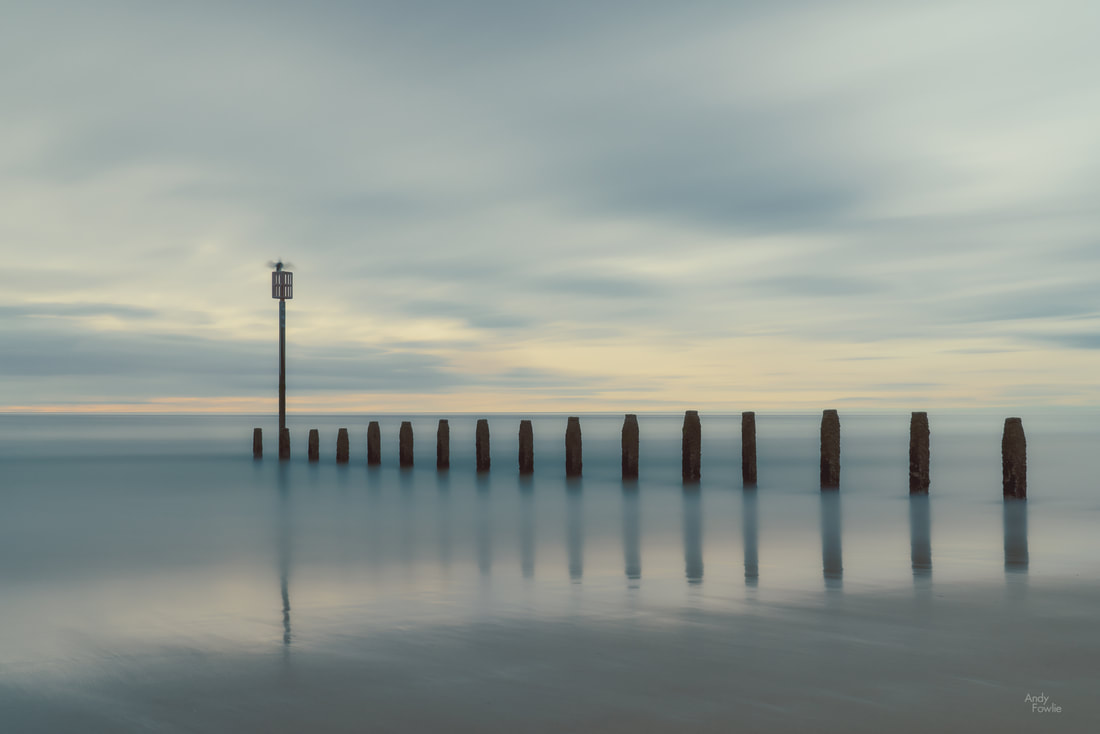
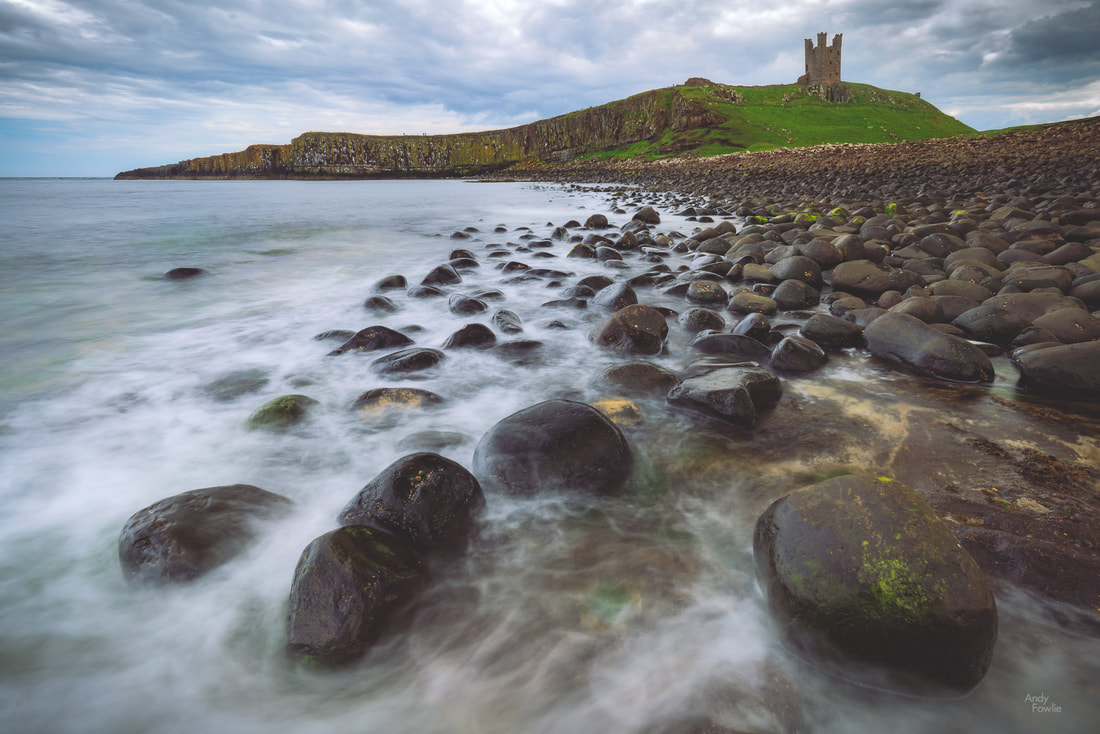
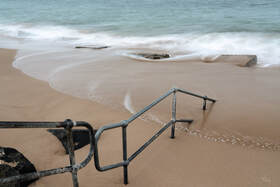
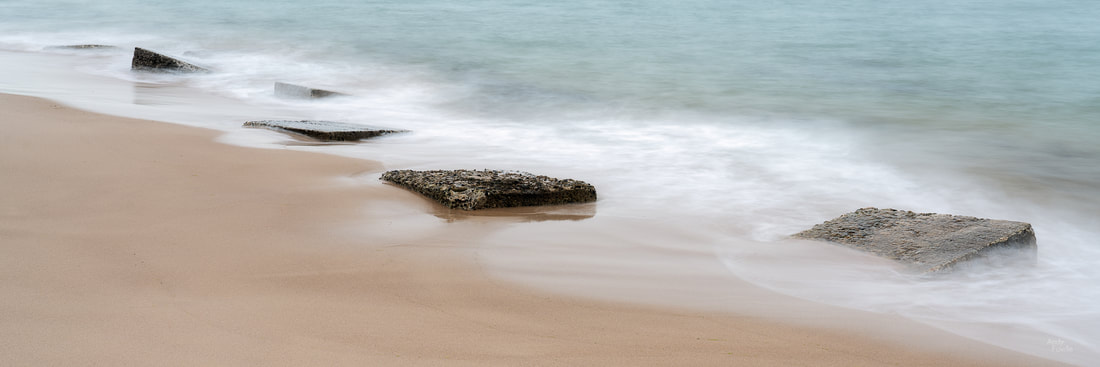
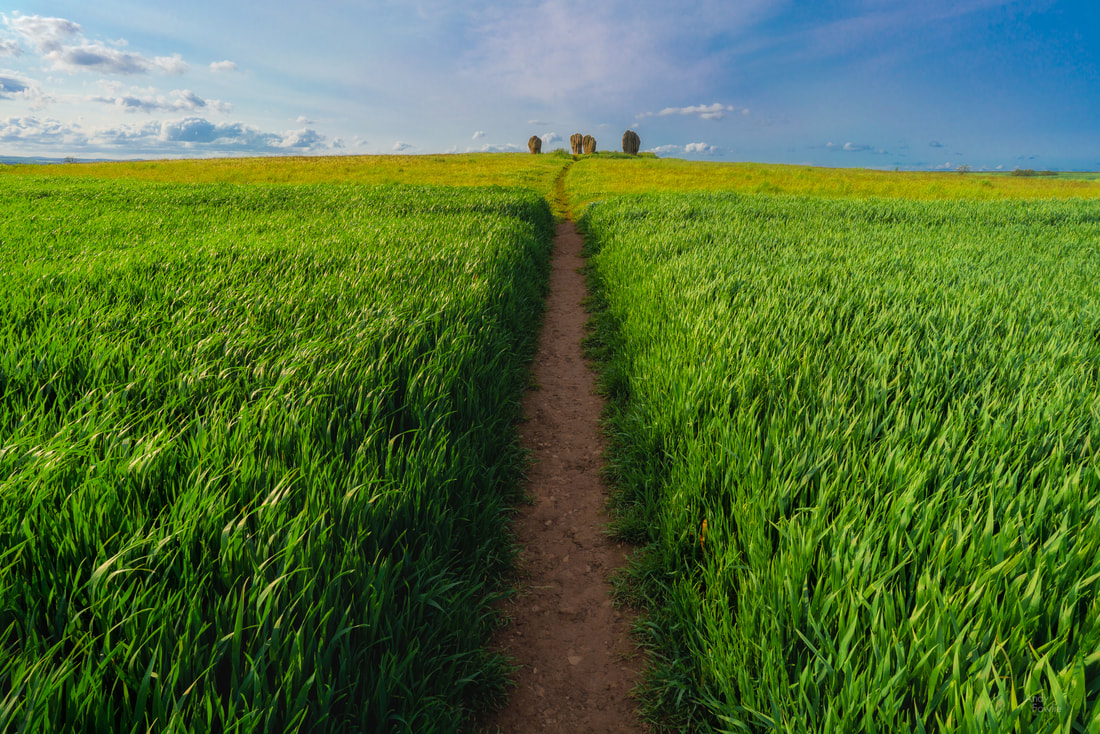
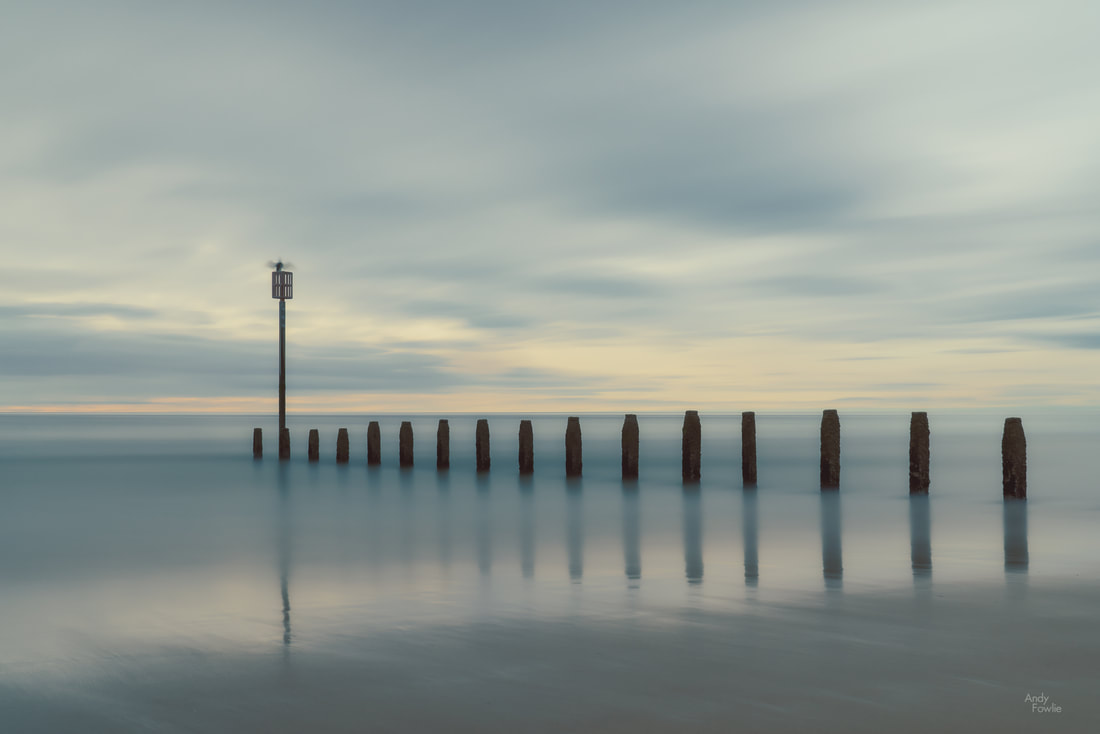
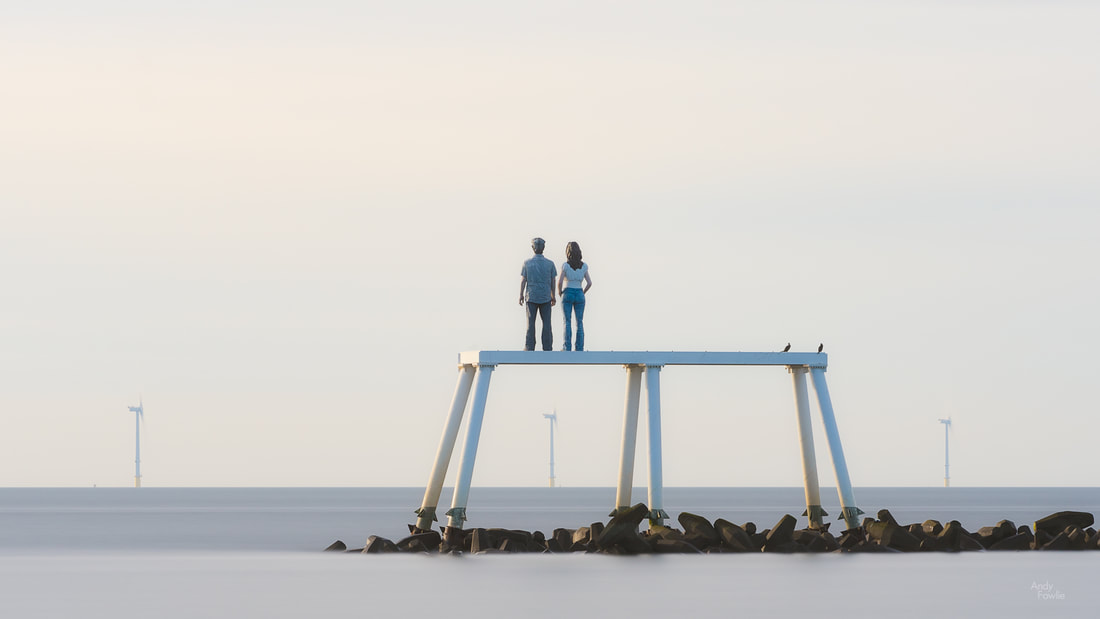
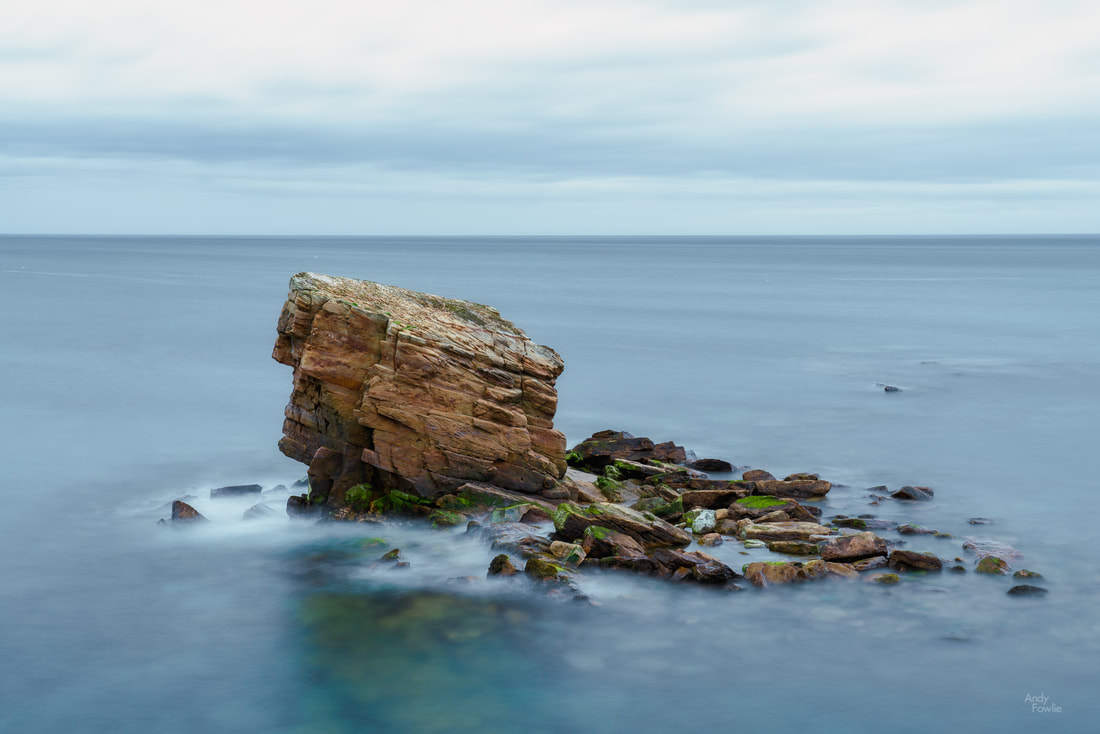
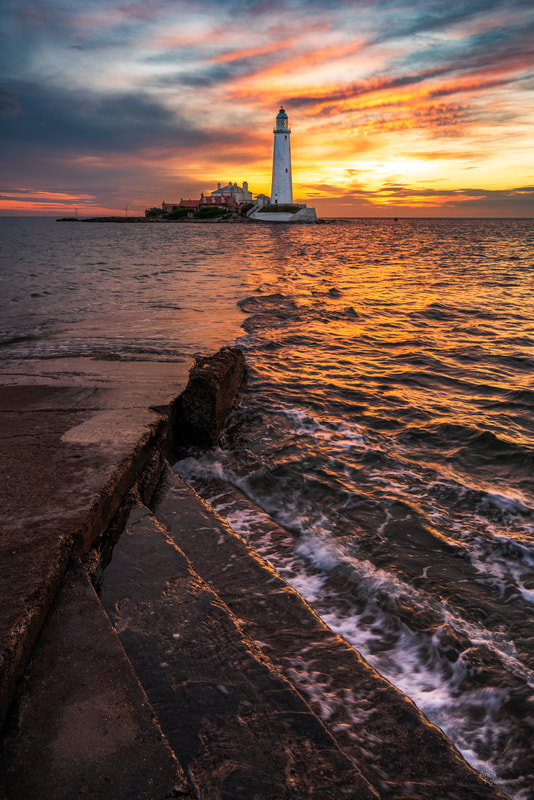
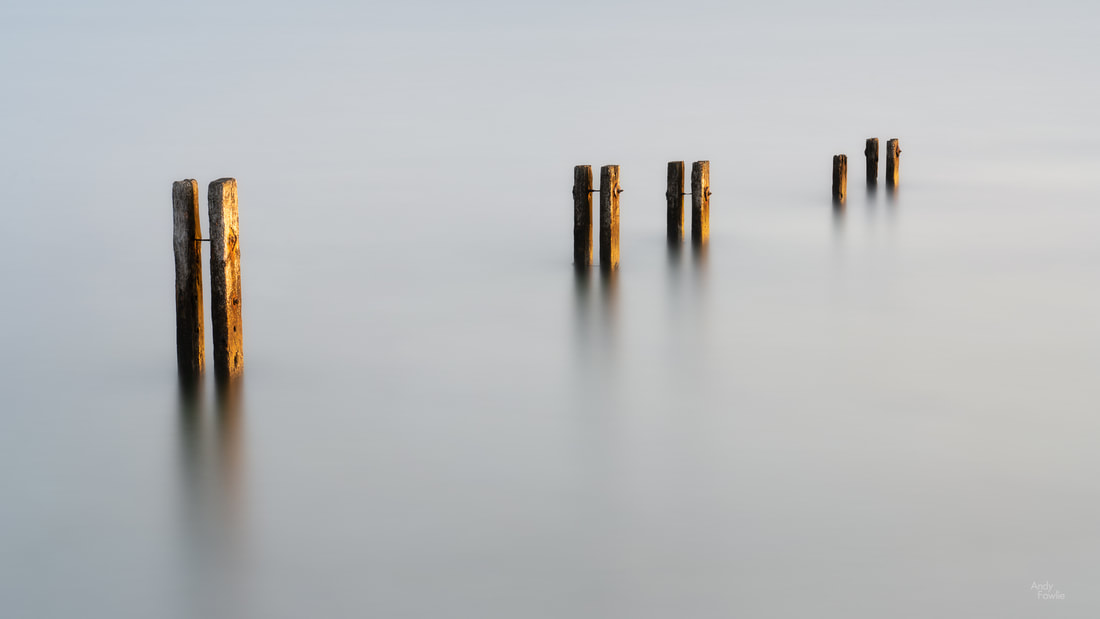
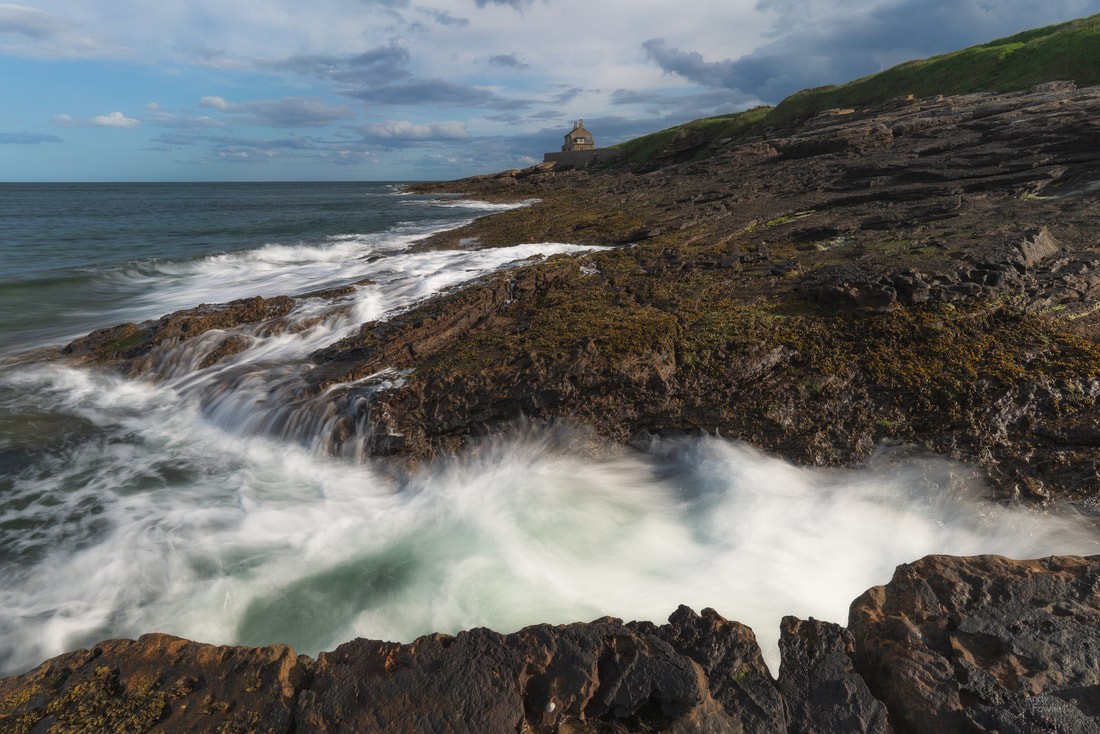
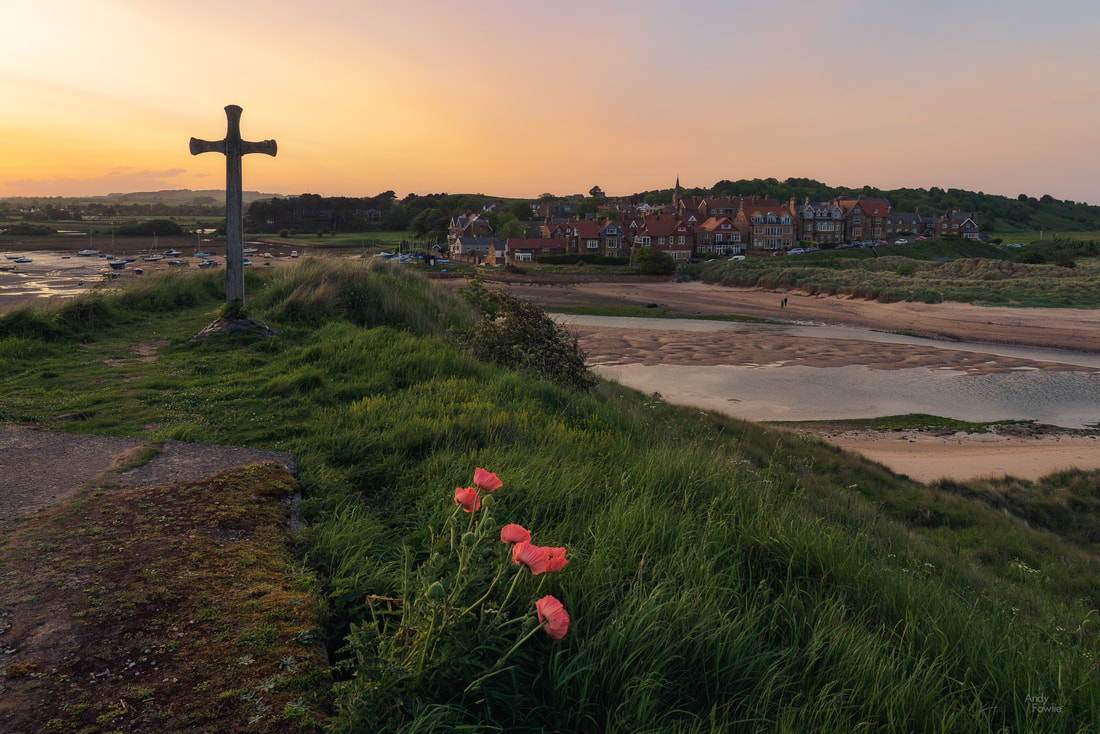
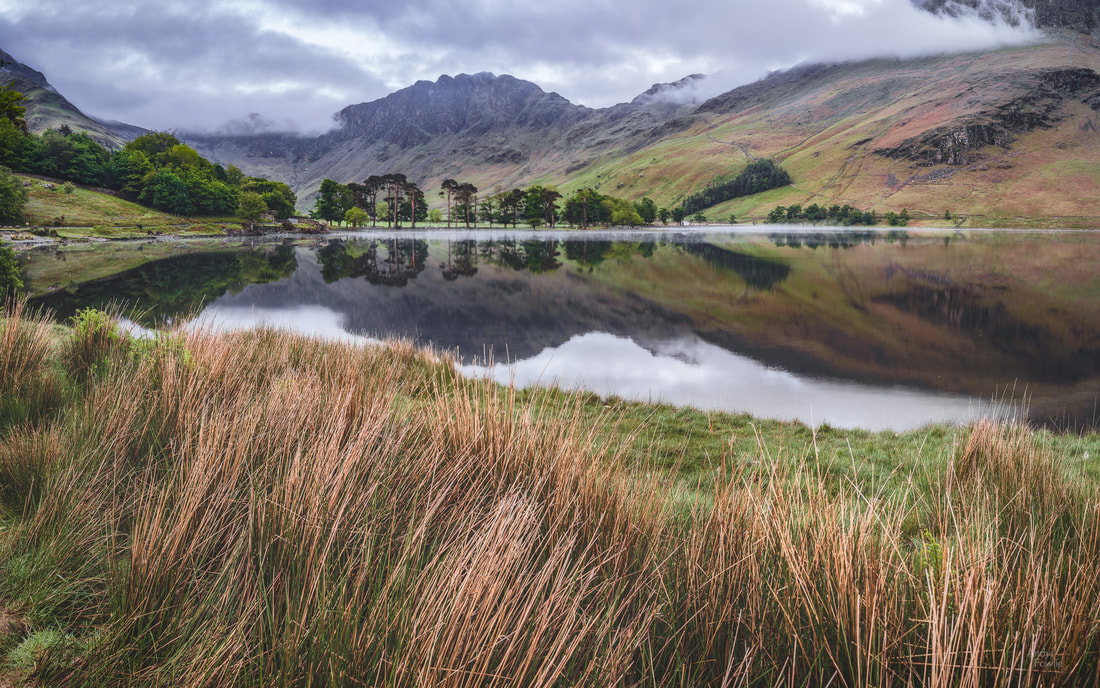
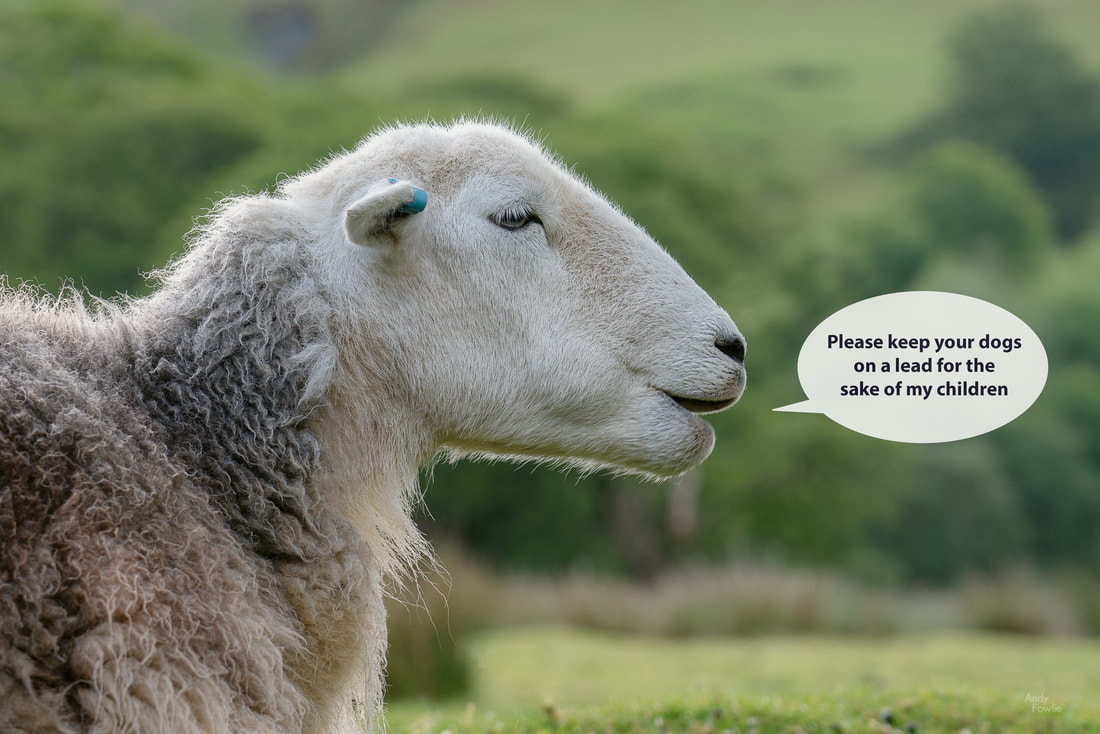
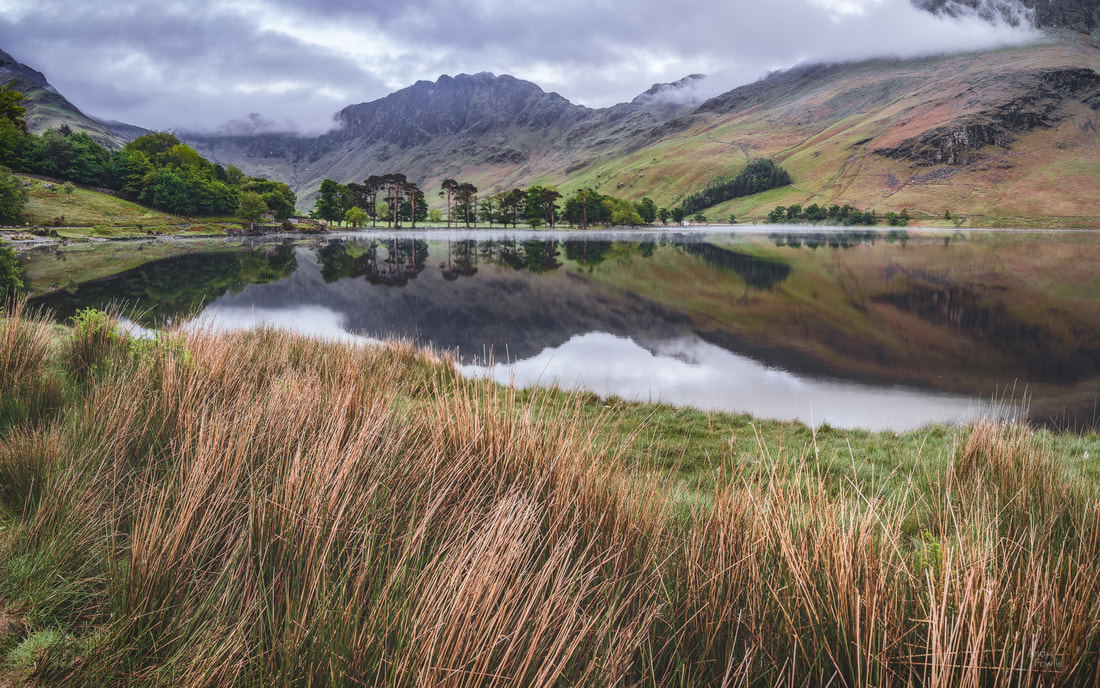
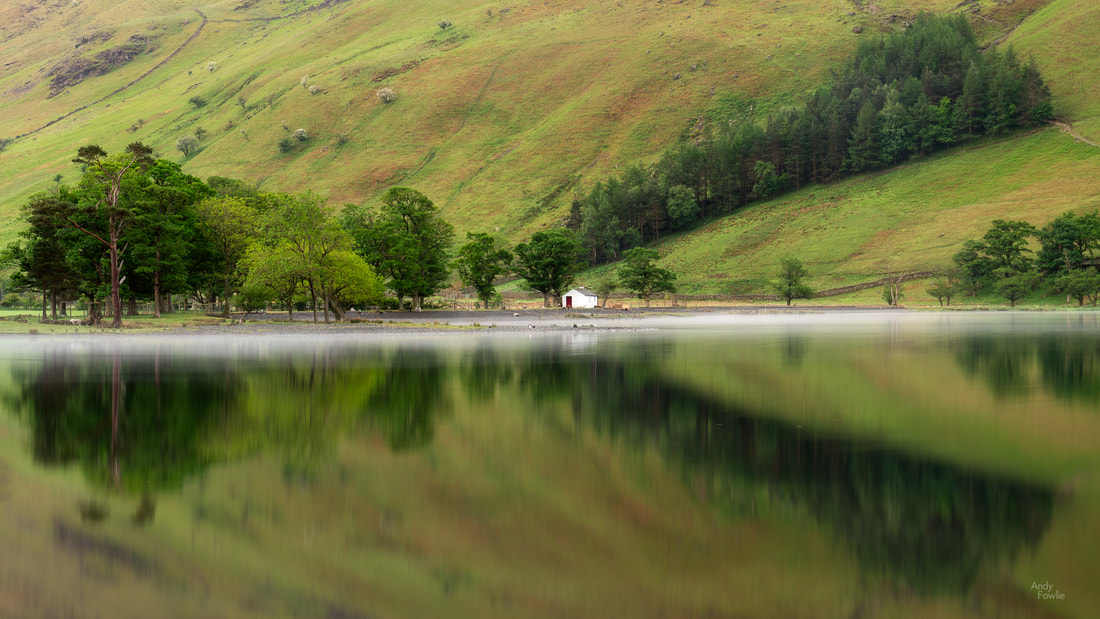

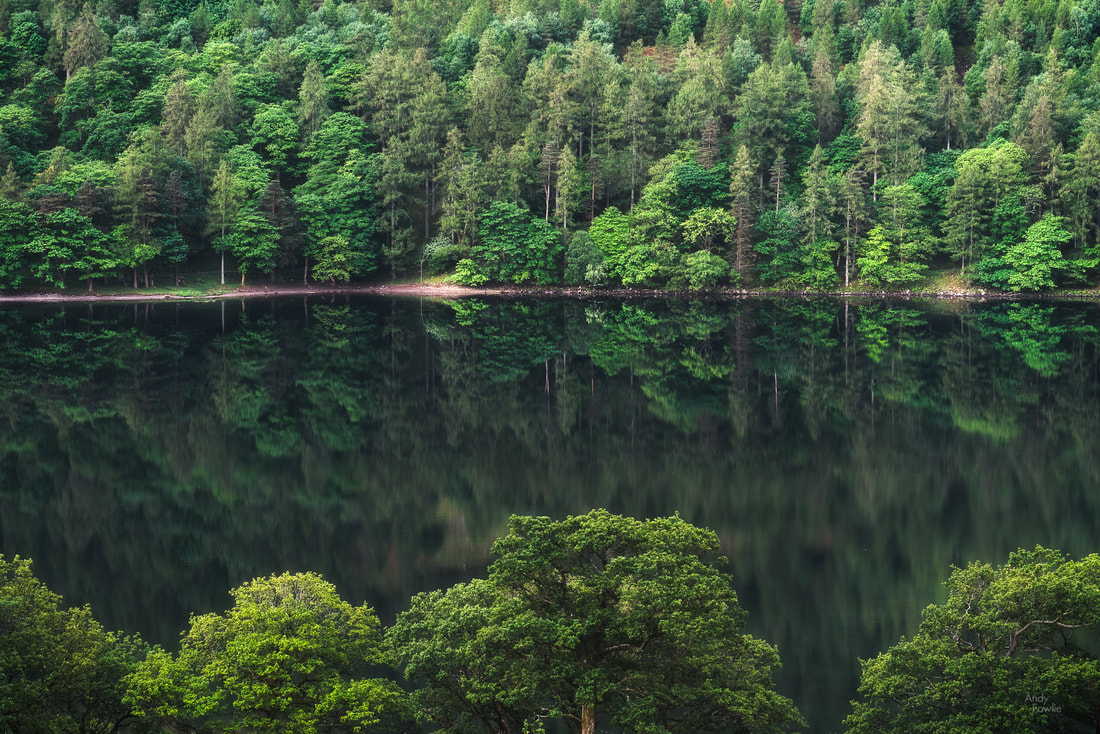
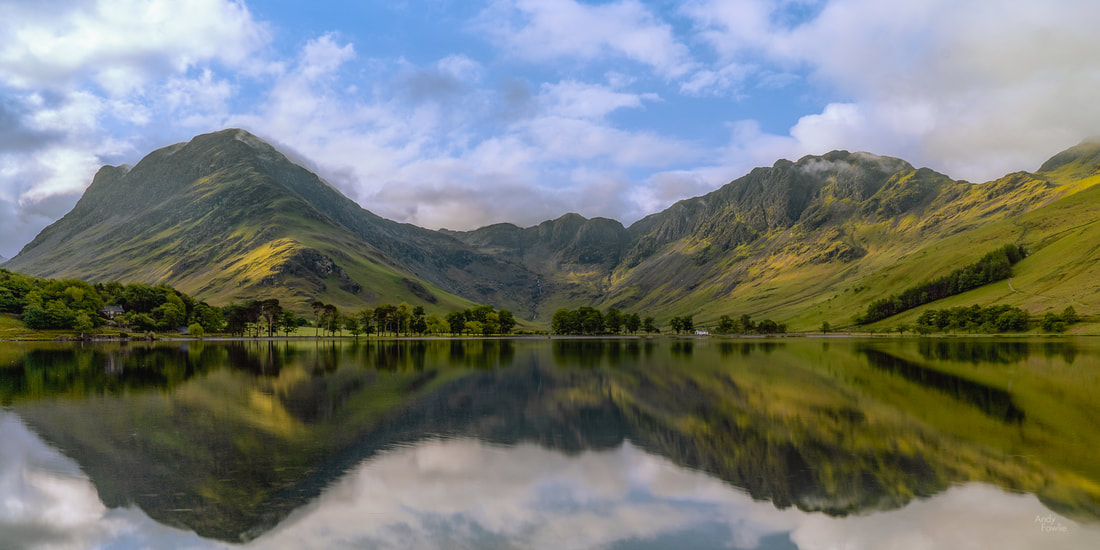
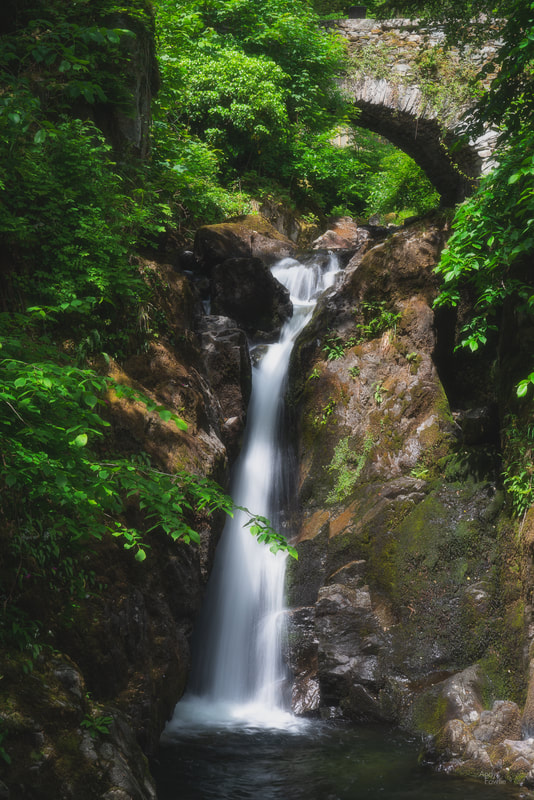
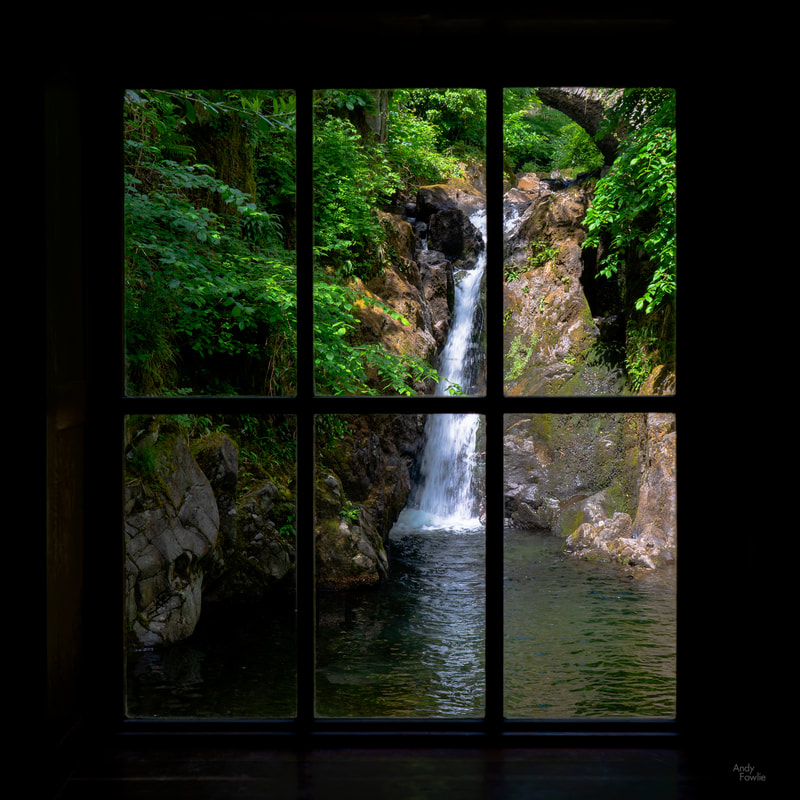
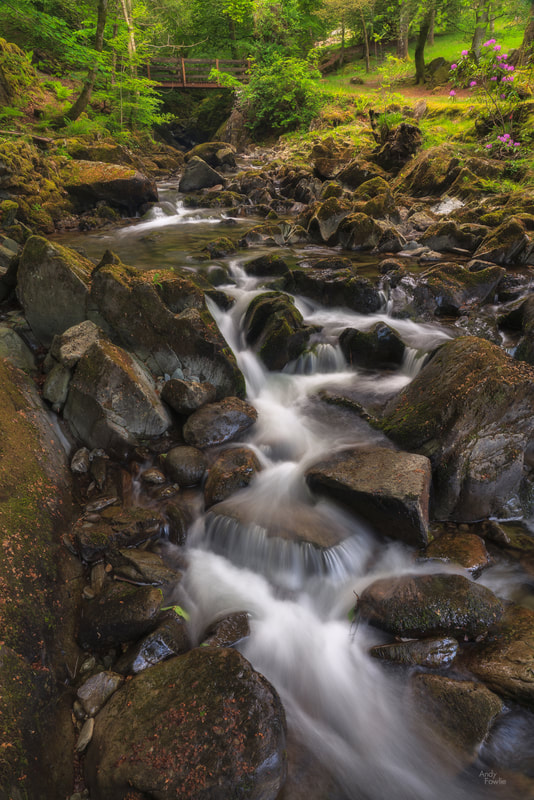
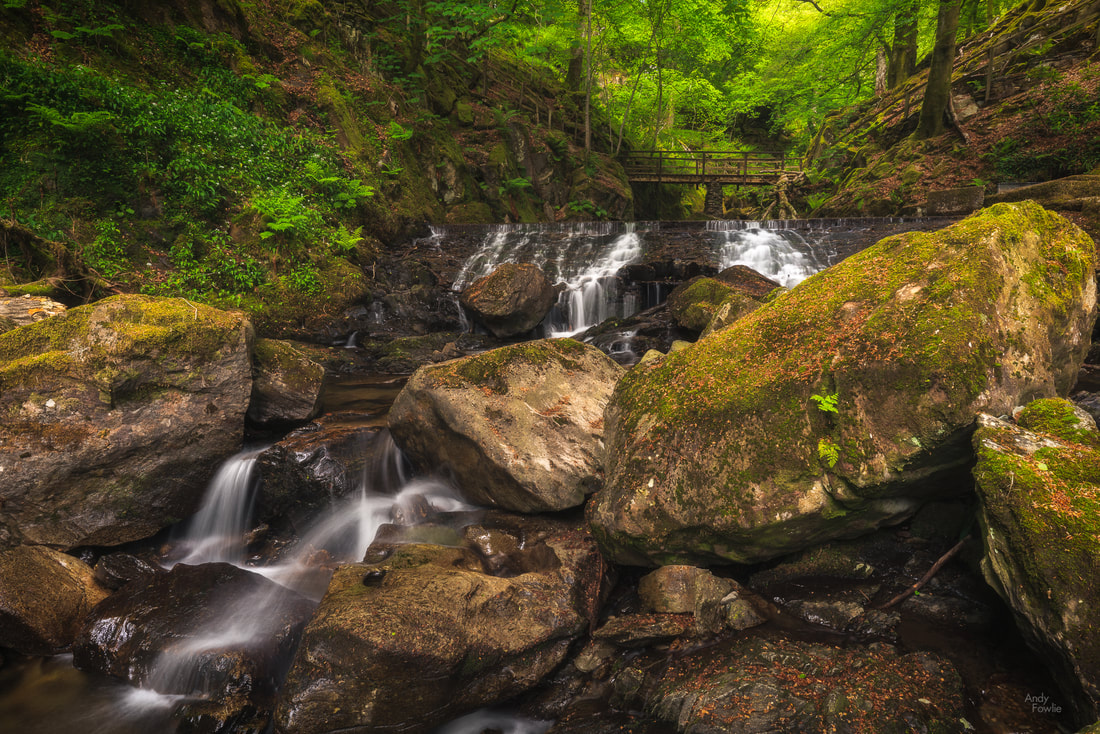
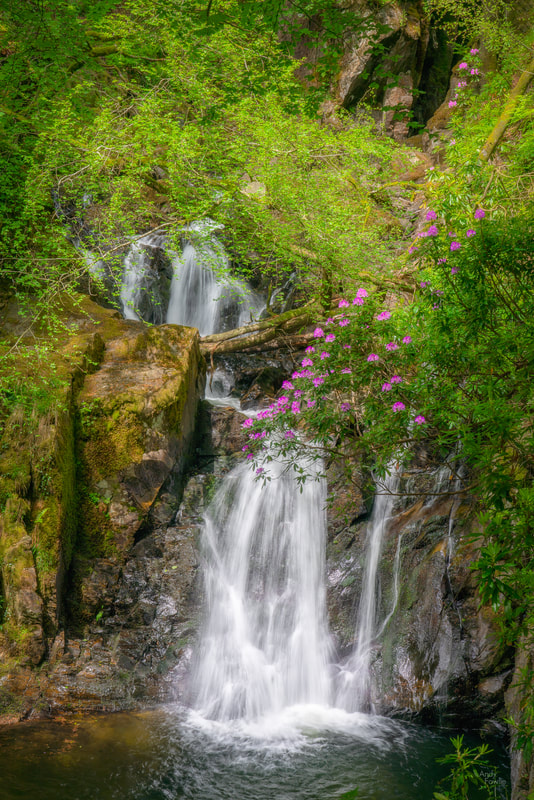
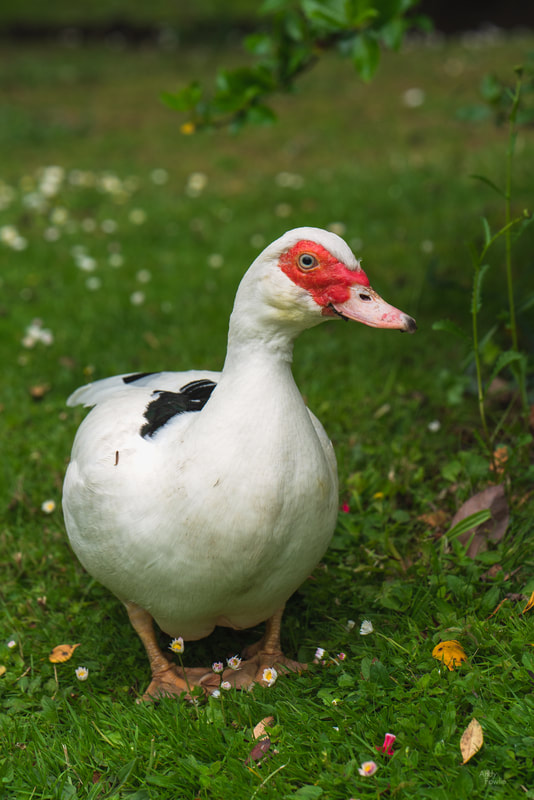
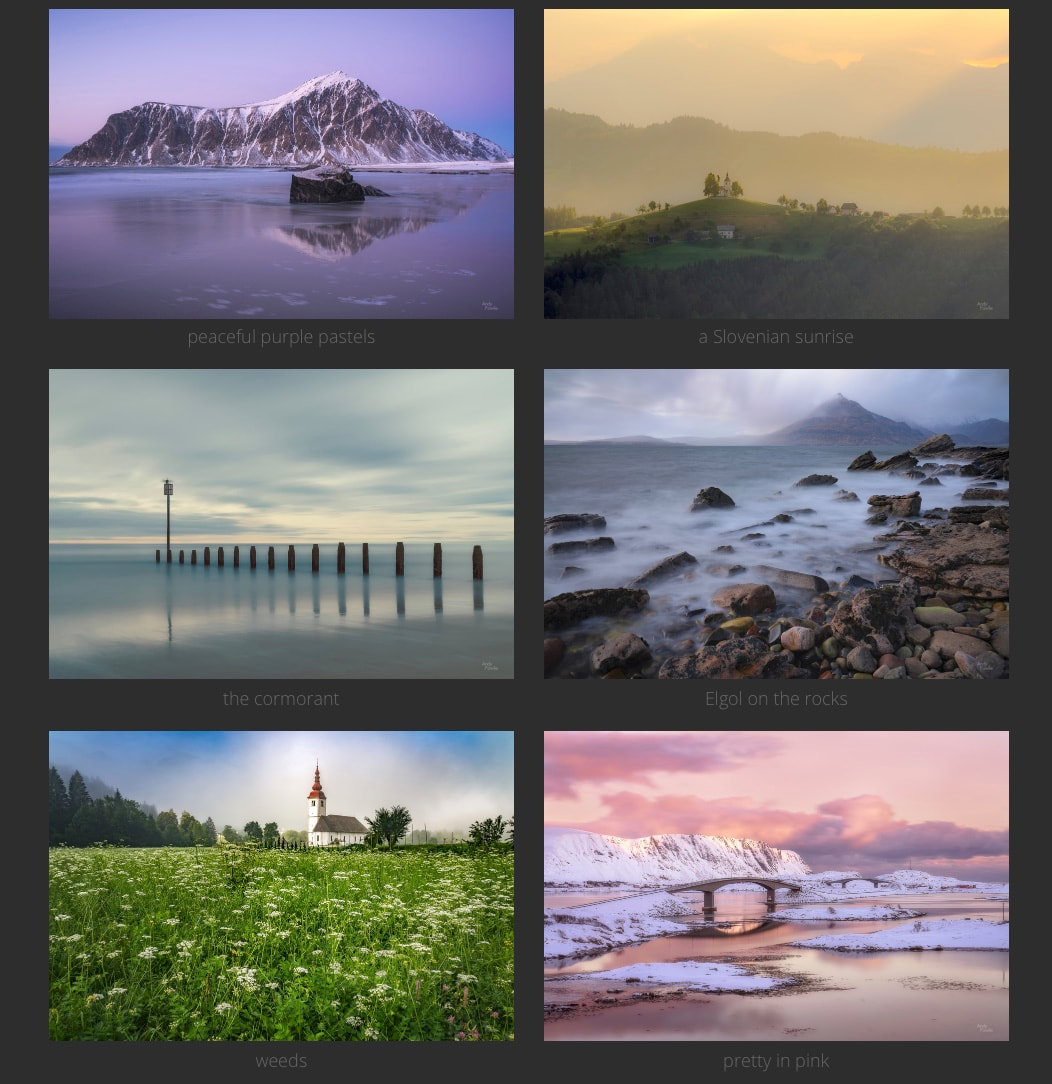
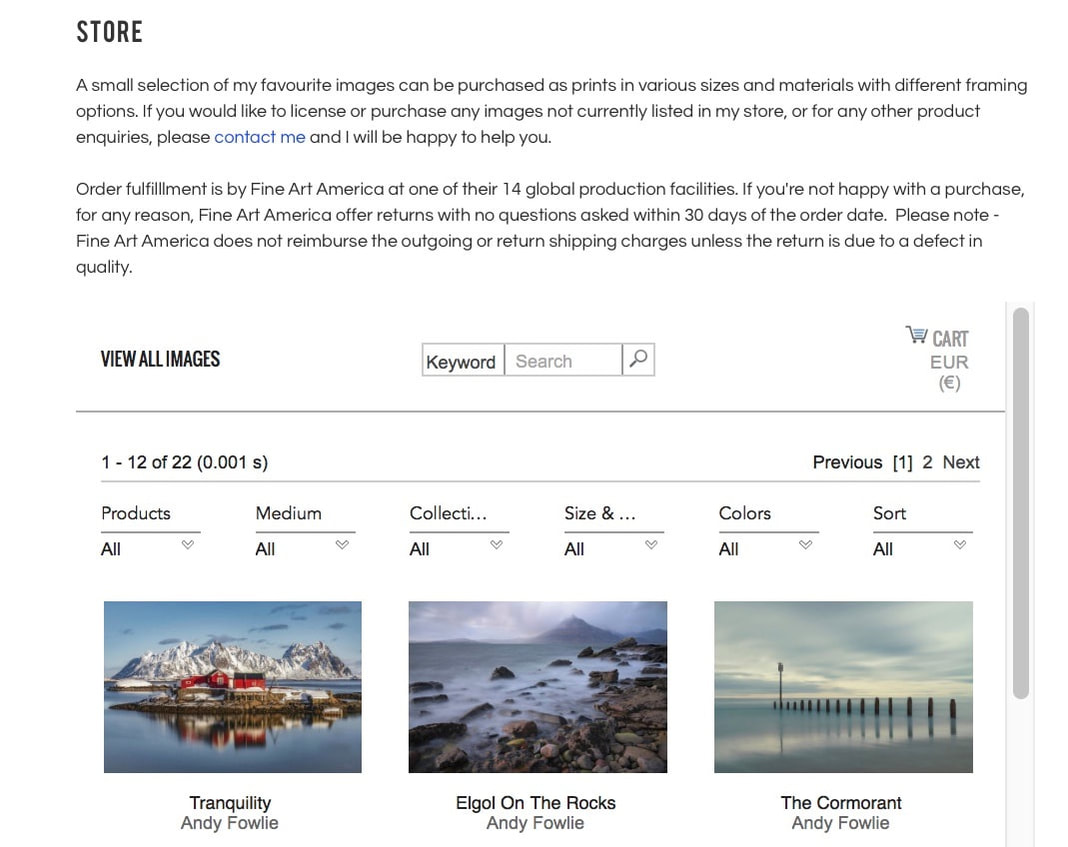
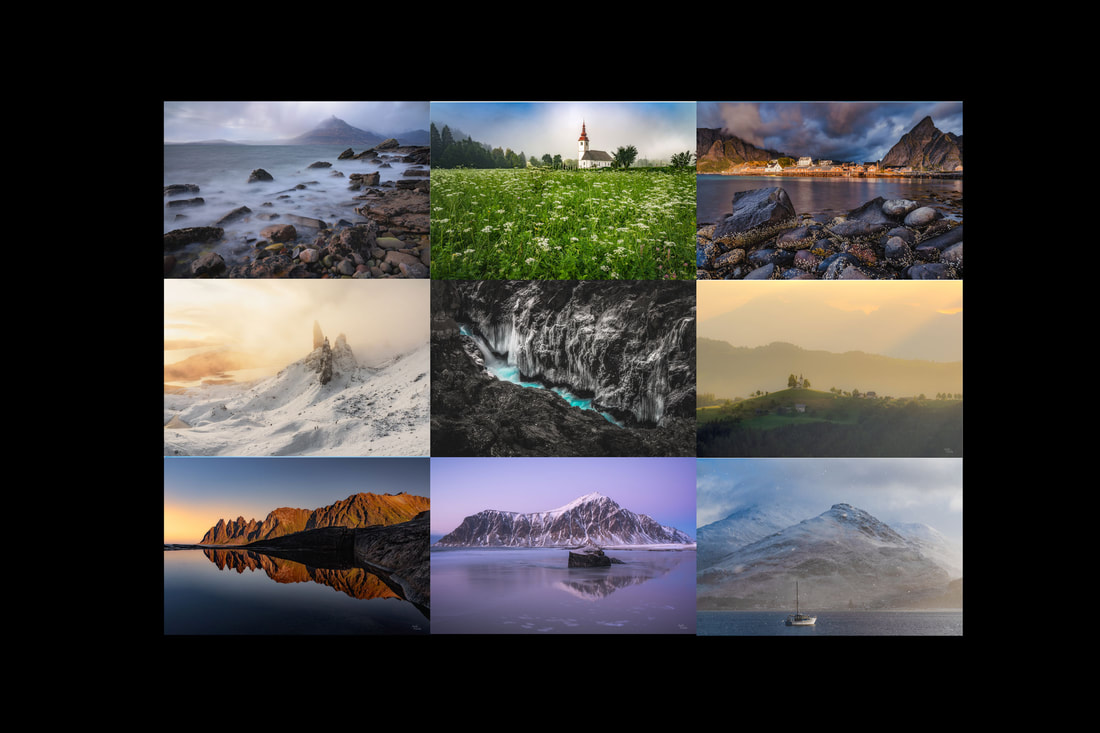
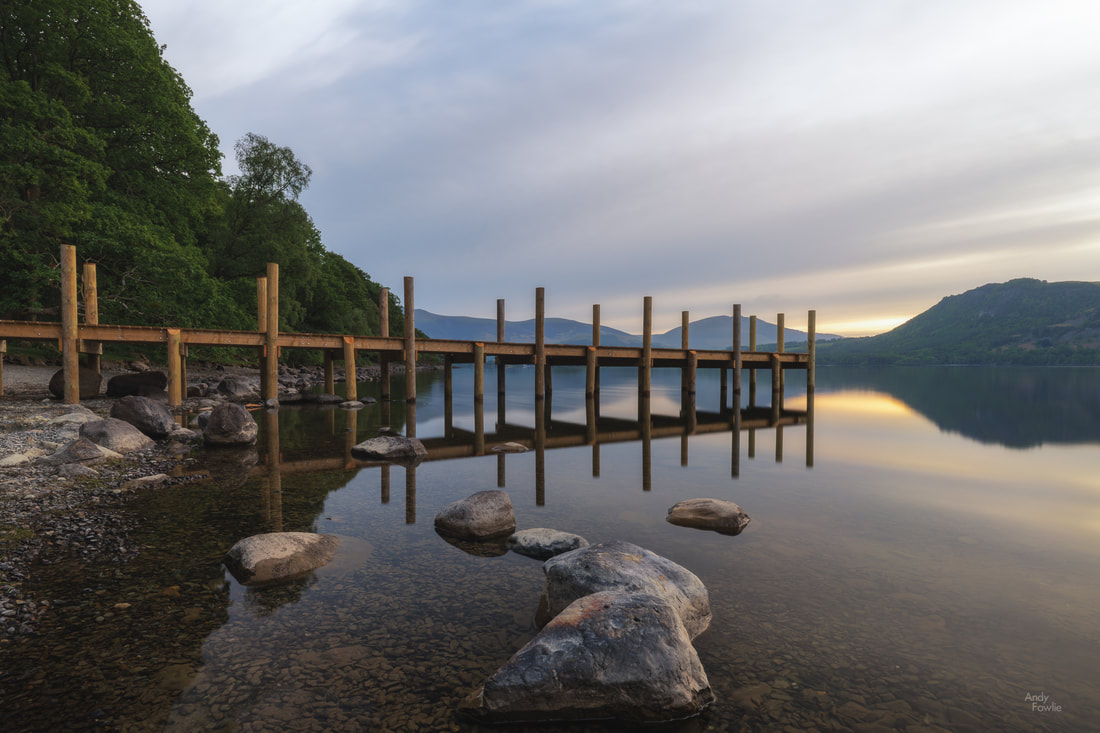
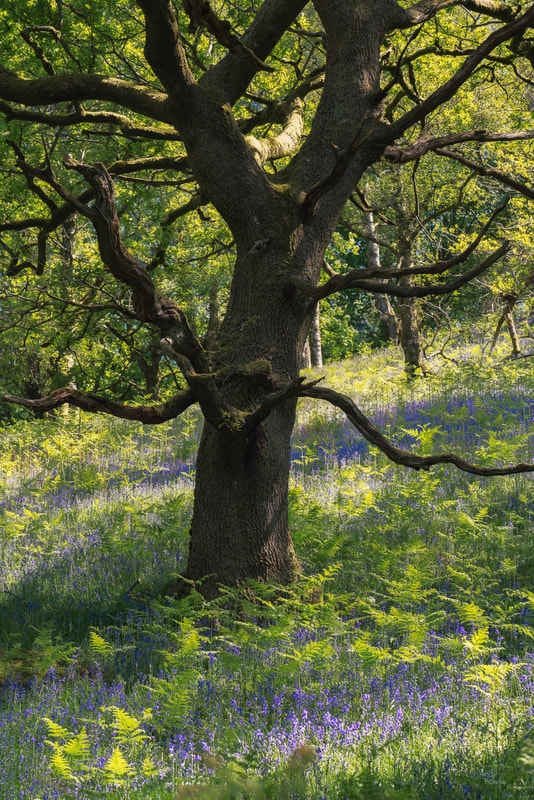
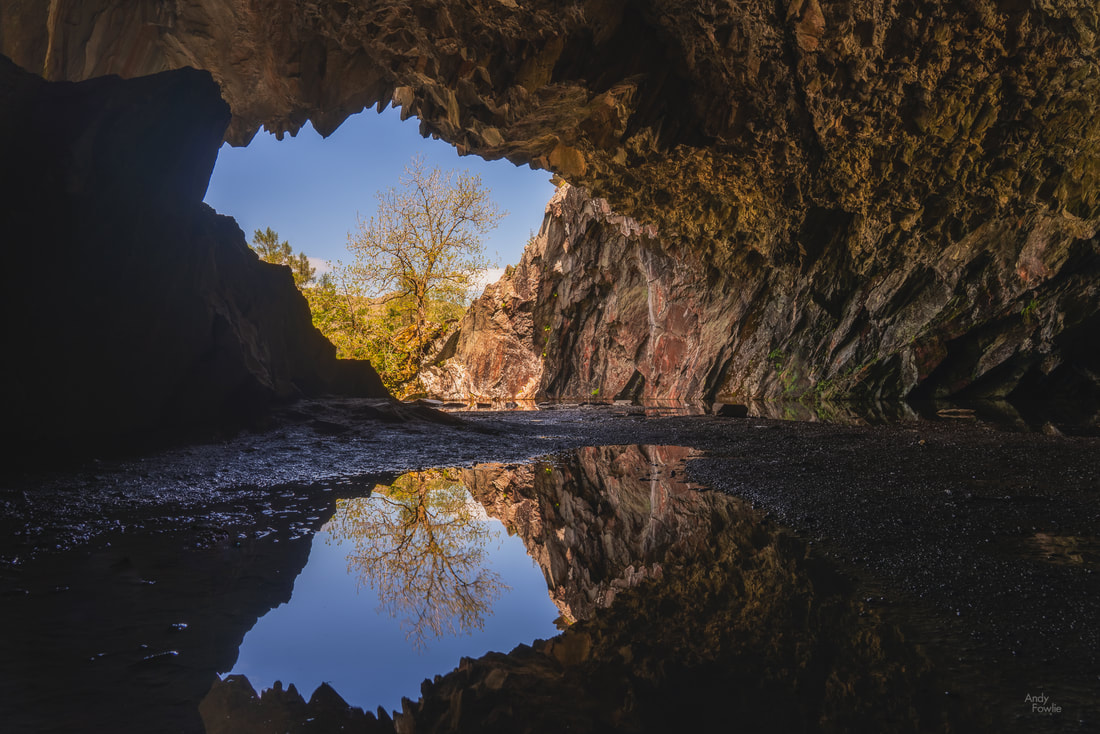
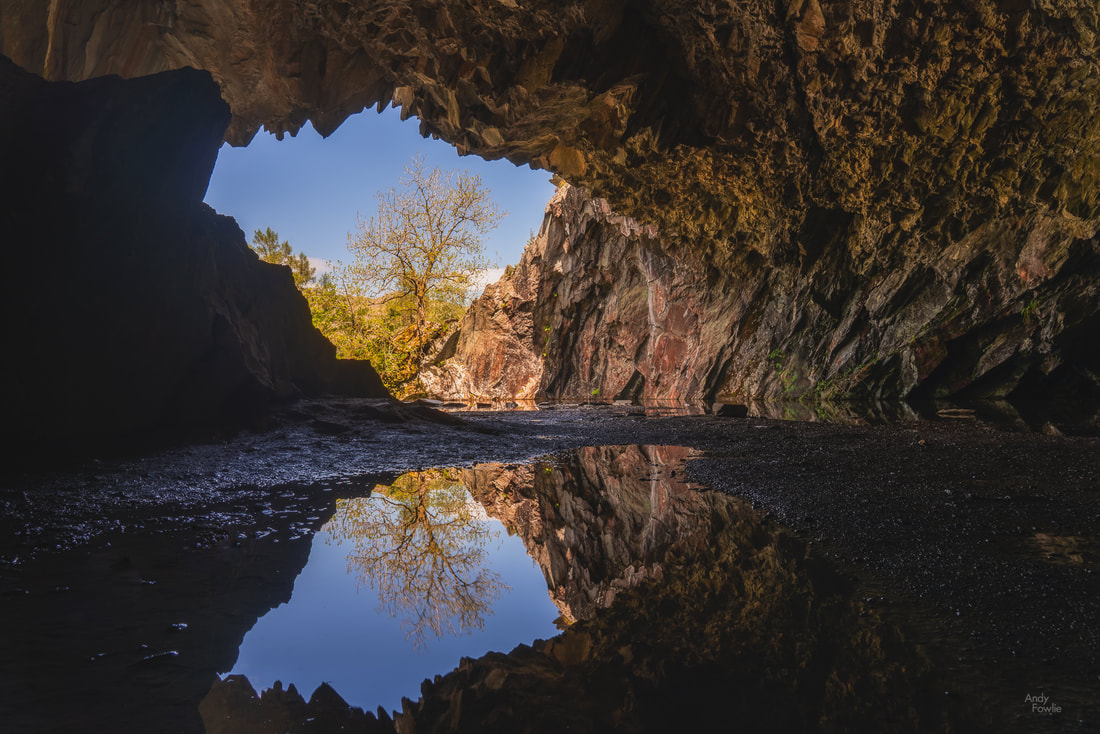

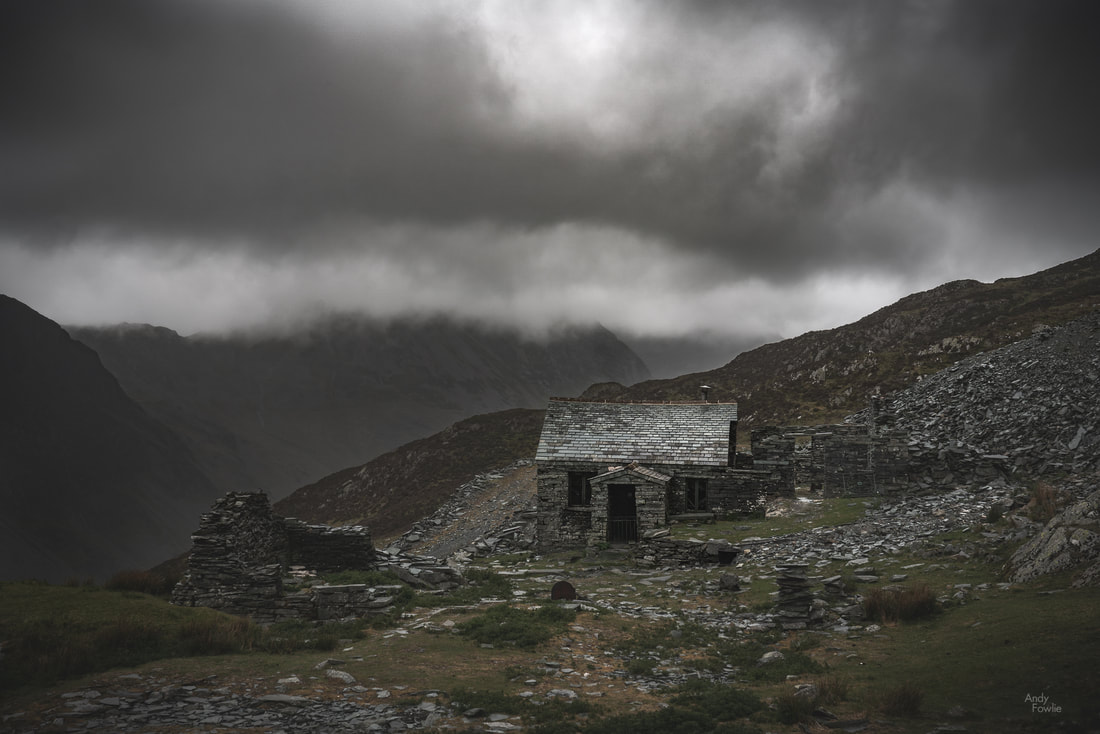
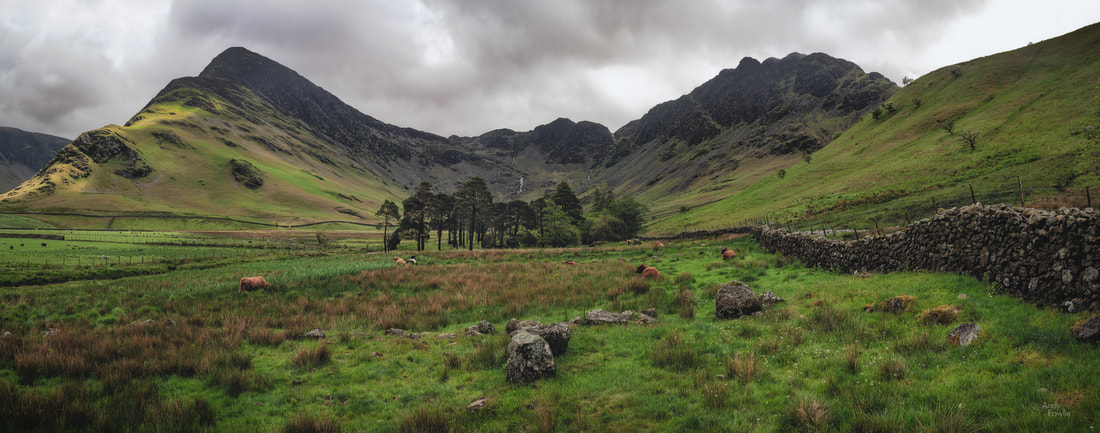
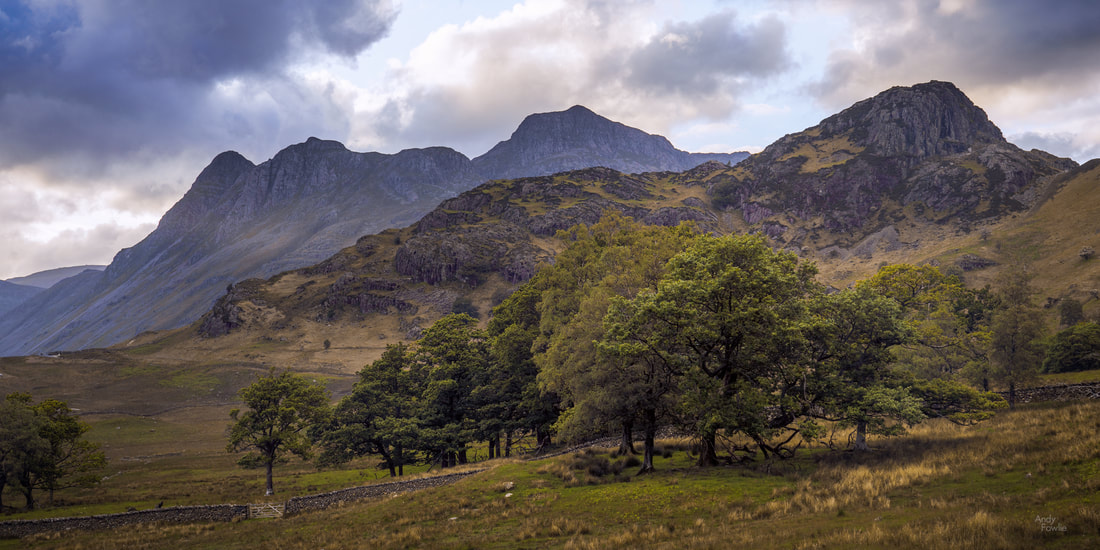
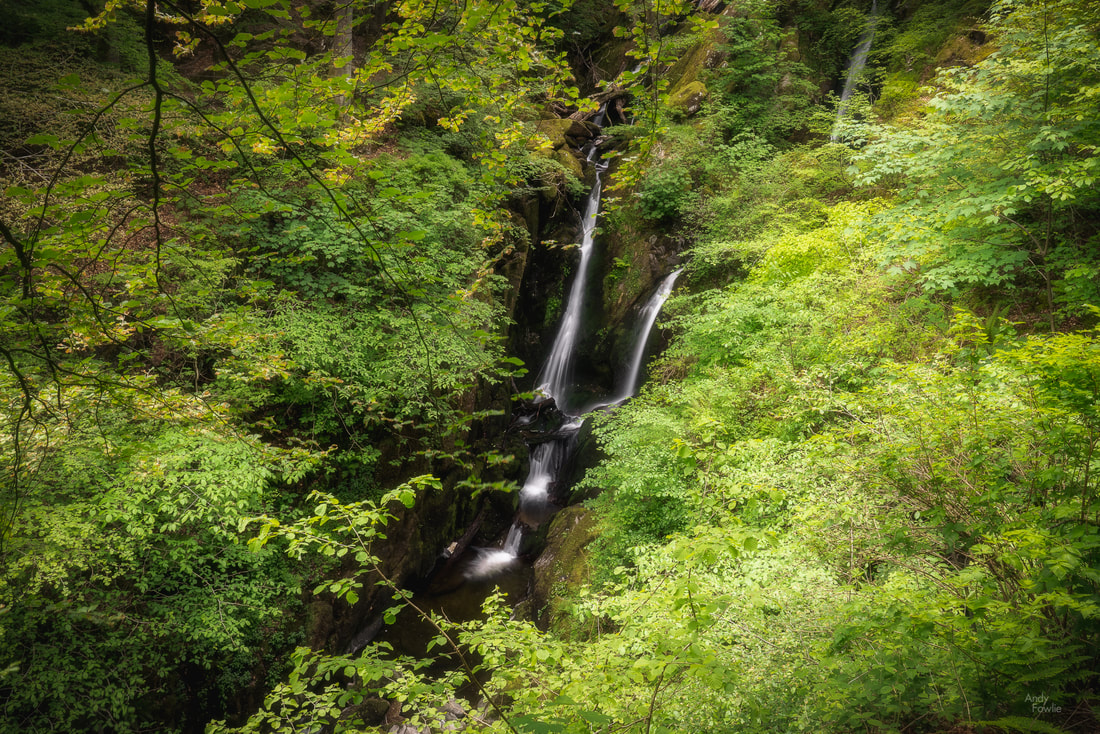
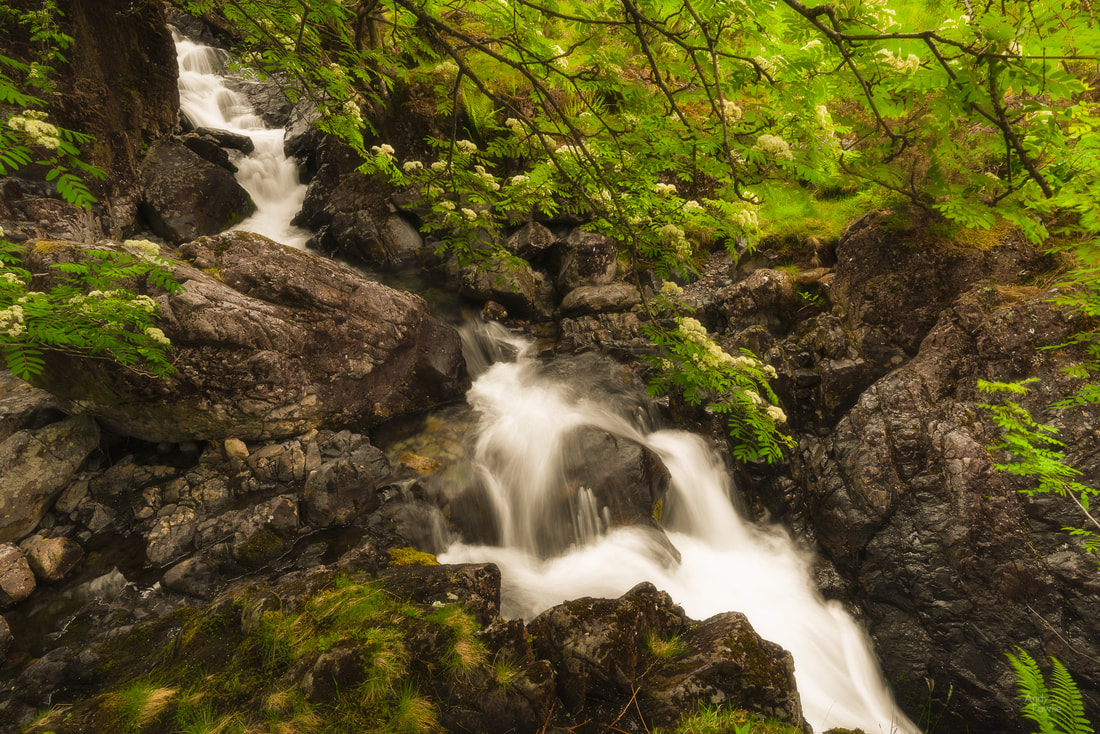
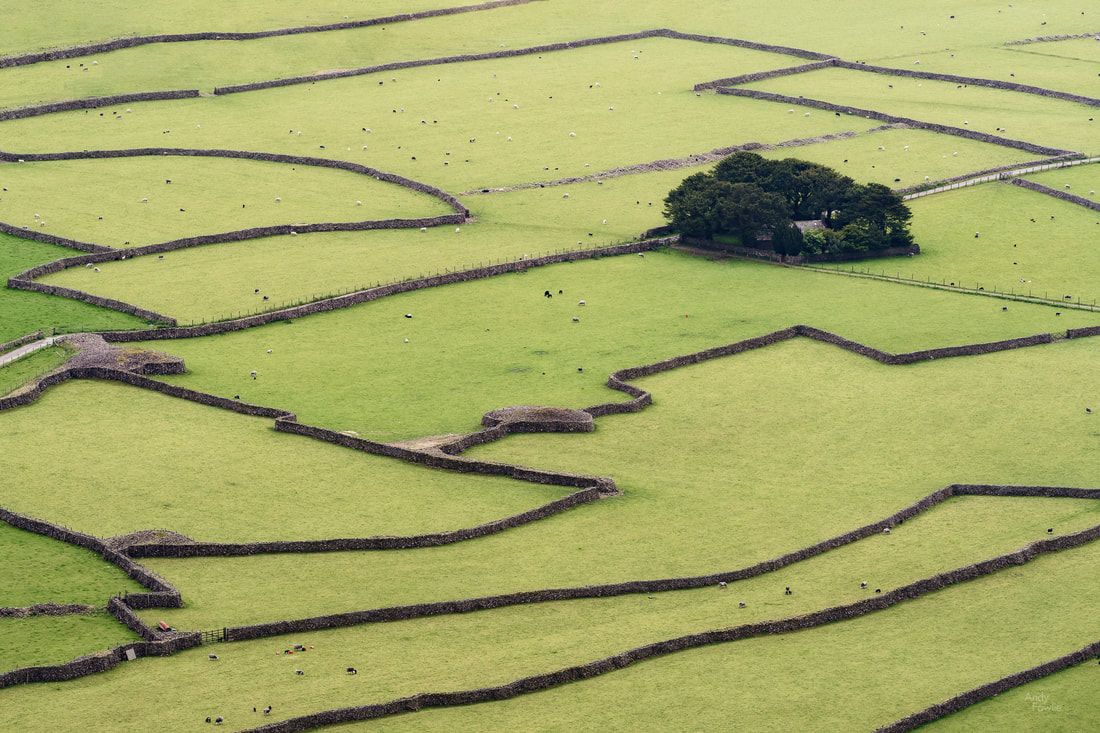

 RSS Feed
RSS Feed
